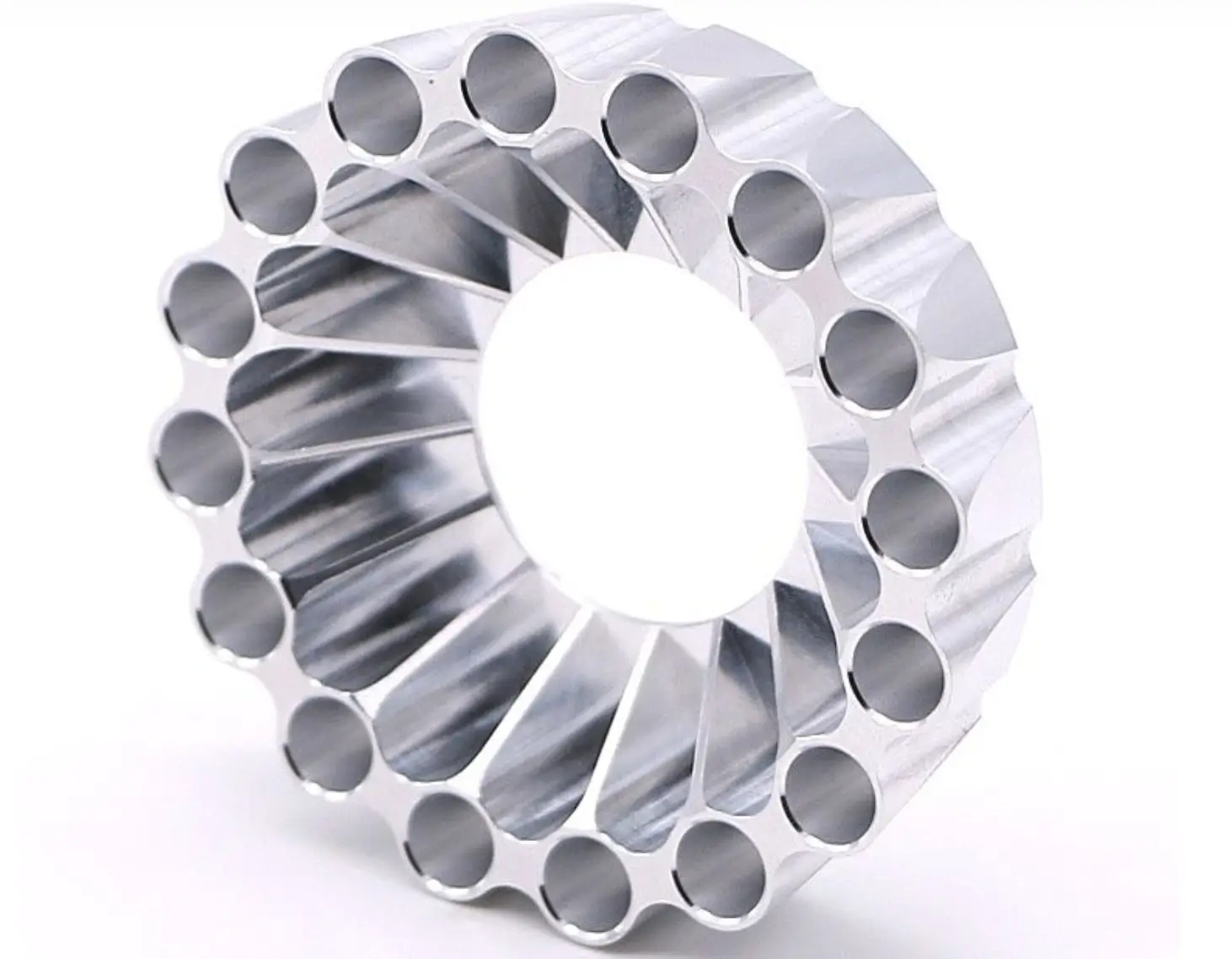How to Effectively Prevent Aluminum Chips from Flying in CNC Machining
CNC machining is a widely used process in manufacturing industries, including the production of parts and components made from aluminum. However, one common challenge faced during CNC machining is the issue of aluminum chips flying around, posing risks to the operators and potentially affecting the quality of the machined parts. In this article, we will explore some effective methods to prevent aluminum chips from flying in CNC machining.
1. Implement Proper Machine Settings
One of the primary factors contributing to the generation and dispersion of aluminum chips is improper machine settings. To effectively prevent the chips from flying, it is crucial to optimize the cutting parameters and tooling selection. This includes adjusting the cutting speed, feed rate, and depth of cut according to the specific aluminum alloy being machined. Additionally, using suitable cutting tools with proper geometry and coatings can reduce chip formation and enhance chip control.
2. Use Adequate Cutting Fluids
Using the right type and amount of cutting fluids is vital for minimizing the creation of aluminum chips and ensuring their containment. Cutting fluids serve multiple purposes, such as reducing friction, dissipating heat, and lubricating the cutting interface. They also aid in breaking up the chips into smaller pieces and preventing them from flying off. It is essential to select cutting fluids specifically formulated for machining aluminum alloys and regularly monitor their concentration levels for optimal performance.
3. Employ Efficient Chip Management Techniques
Proper chip management plays a significant role in preventing the chips from spreading across the machining area. Consider implementing chip evacuation systems, such as chip conveyors or chip augers, to transport the generated chips away from the workpiece and operator’s vicinity. These systems enable safe collection and disposal of the chips while minimizing the chances of them becoming airborne. Periodic maintenance and cleaning of the chip management equipment are necessary to ensure its continued effectiveness.
4. Utilize Enclosures or Barriers
Installing enclosures or barriers around the CNC machining area can act as a physical shield against flying aluminum chips. Transparent enclosures made from materials like polycarbonate or acrylic allow operators to monitor the machining process while providing protection. The barriers should be designed to cover the cutting zone and extend vertically to prevent the chips from escaping upwards. It is essential to ensure uninterrupted visibility and access to the workpiece during machining.
5. Personal Protective Equipment (PPE)
In addition to implementing engineering controls, providing appropriate personal protective equipment (PPE) to the operators is crucial for their safety. PPE items, such as safety glasses or goggles, face shields, gloves, and coveralls, offer additional protection against potential chip projectiles. It is essential for operators to wear PPE consistently and correctly for maximum effectiveness in preventing injuries caused by flying chips.
6. Regular Maintenance and Housekeeping
Maintaining a clean and well-organized machining environment is essential for preventing the accumulation of aluminum chips. Regularly cleaning the machine tools, workstations, and surrounding areas helps eliminate loose chips and reduces the chances of them becoming airborne. Implementing effective housekeeping practices, such as strategic chip disposal and vacuuming, can significantly contribute to chip control and minimize risks.
In conclusion, effectively preventing aluminum chips from flying in CNC machining requires a comprehensive approach that addresses machine settings, cutting fluids, chip management, enclosures, personal protective equipment, and regular maintenance. By applying these methods, manufacturers can create a safer working environment for operators while ensuring high-quality machining results.
.webp)



